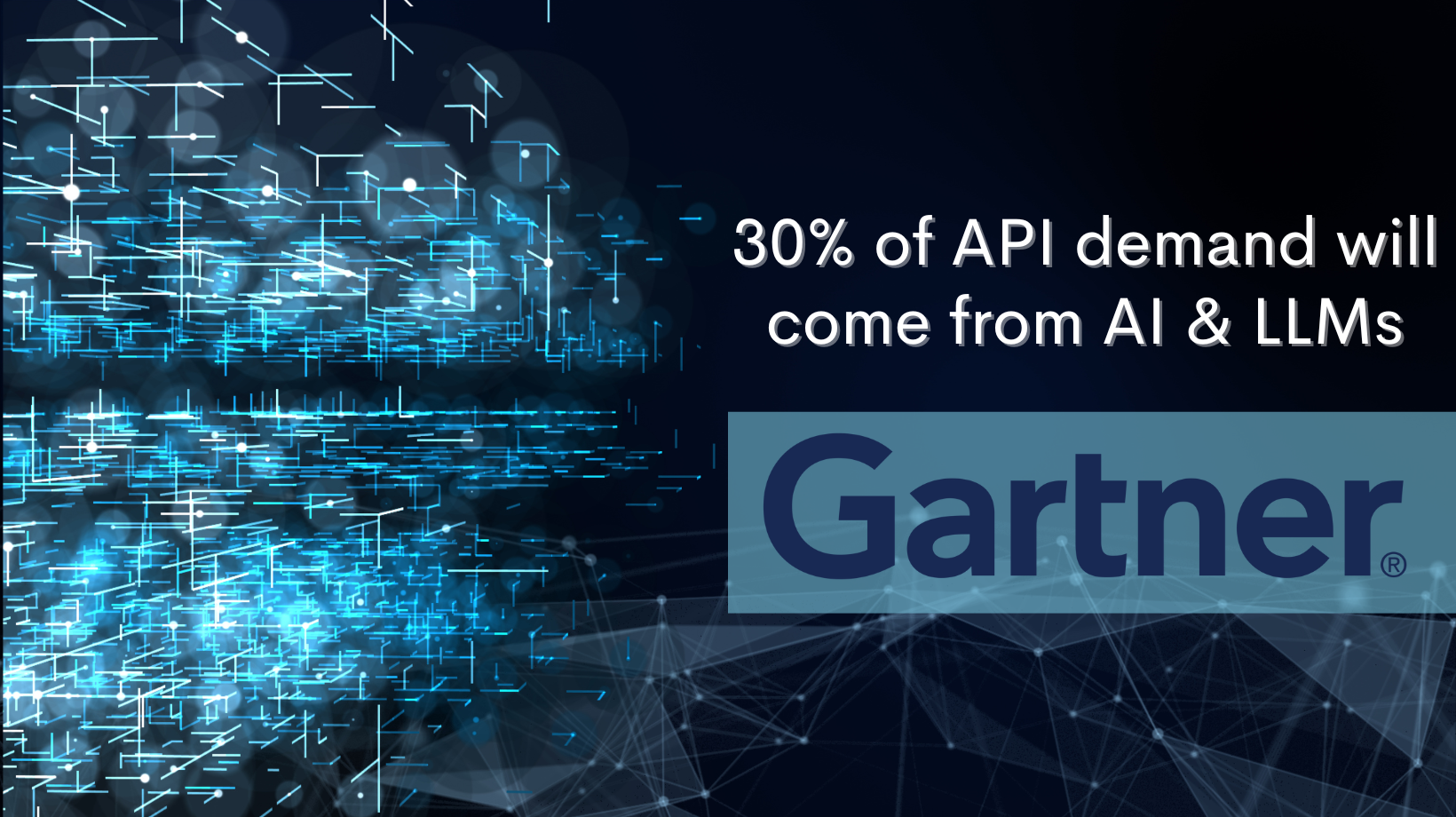Understanding Semantic Automation :
The integration of automation into businesses and their daily operations is not a new story. But the advancements and the increase in the capabilities of software robots is a story that changes every day. Semantic intelligence is when robots understand what is expected from them and learn to deliver exactly that all by themselves. Robots will be able to perform a required task by rallying the list of instructions by themselves. While it is no surprise that robots are getting more intelligent every day, this additional ability to interpret and implement is what makes semantic automation all the more appealing.

In brief, semantic automation is a robot following orders without asking for directions. This is especially impressive when we consider the amount of time that is saved. A robot will be skilled enough to find similarities between its current understanding of processes and the task ahead. This human-like intelligence of comprehension is what sets semantic automation apart. Although semantic intelligence does not grant complex problem-solving skills, it surely does allow processes to be automated beyond a single set of functions. Machines will indeed know how to store, administer, and lookup information based on logical connections they made by themselves.
How do Semantic Automation and Semantic Intelligence Work?
The three pillars on which semantic automation and intelligence primarily operate are –
- Knowledge Graphs –
To understand the overall idea of a knowledge graph, we should first understand ontology. Ontology is basically a set of concepts that are linked together through logical connections. A knowledge graph is when the ontology is leveraged to retrieve information by using a reasoner. Semantic automation directly uses knowledge graphs to understand how to perform a required task. This is required to arrive at the context for a given data to simplify the process of analyzing the same.
- Artificial Intelligence –
Artificial Intelligence is when machines learn how to replicate human intelligence. In the context of semantic automation, artificial intelligence is observed when robots perform tasks by leveraging existing knowledge to execute completely new processes.
- Natural Language Processing (NLP) –
Natural Language Processing is when human communication is analyzed and interpreted by machines. Semantic automation is especially dependent on NLP to understand previous and latest commands. The implementation of earlier processes will be understood, and new commands will be executed by finding logical connections between them.
How Can Semantic Automation Transform Your Business?
Semantic Automation is the next step that uses the existing forms of automation to reduce required human interference. The necessity to code and layout detailed instructions for robots to understand the relationship between data and execution is reduced. Semantic automation is not reliant on stability. It can be rather reliable, especially when multiple changes are being made. Semantic automation will allow robots to adapt accordingly.





























